Lorem ipsum dolor sit amet, consectetur adipiscing elit. Donec feugiat ultricies vulputate. Suspendisse quis lacinia erat, eu tincidunt ante.
Clay Graphite Custom Crucibles Use Best Material for Metal Foundries
PRODUCT FEATURES
Rapid Melting
High thermal conductivity graphite material improves thermal efficiency by 30%, significantly reducing melting time.
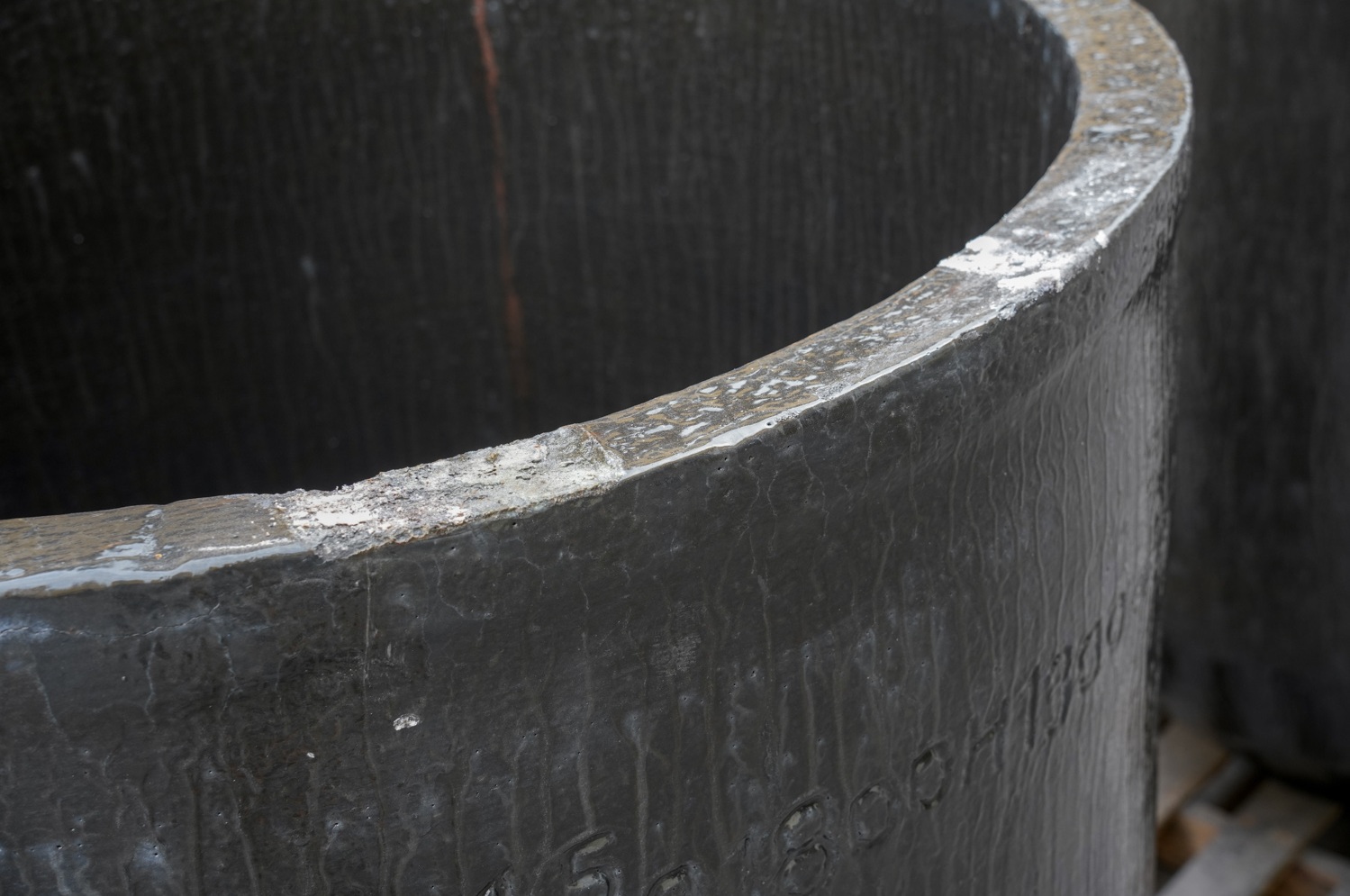

Superior Thermal Shock Resistance
Resin-bonded technology withstands rapid heating and cooling, allowing direct charging without cracking.
Exceptional Durability
High mechanical strength resists physical impact and chemical erosion for a longer service life.
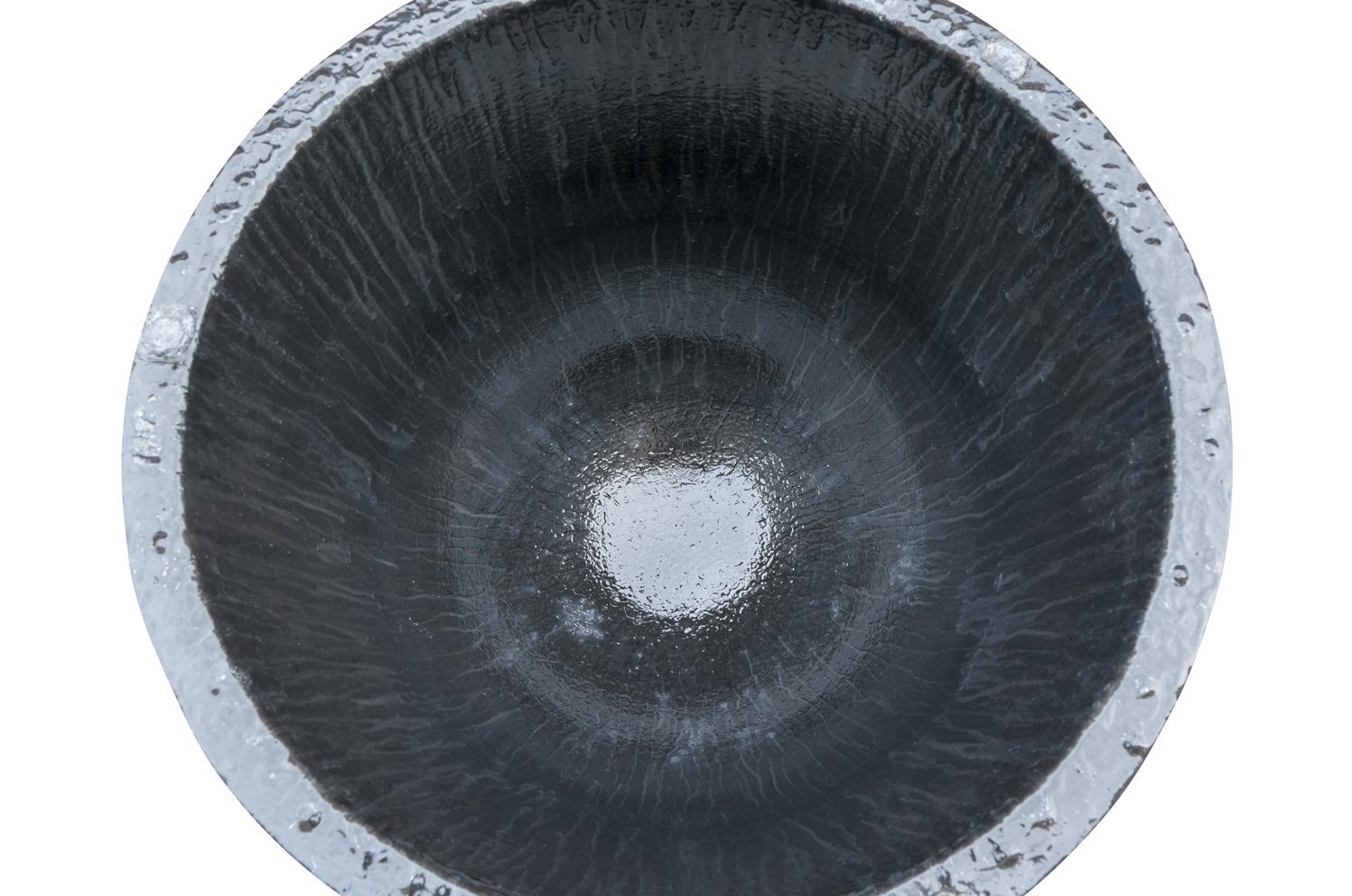
TECHNICAL SPECIFICATIONS
| Graphite / % | 41.49 |
| SiC / % | 45.16 |
| B/C / % | 4.85 |
| Al₂O₃ / % | 8.50 |
| Bulk density / g·cm⁻³ | 2.20 |
| Apparent porosity / % | 10.8 |
| Crushing strength/ MPa (25℃) | 28.4 |
| Modulus of rupture/ MPa (25℃) | 9.5 |
| Fire resistance temperature/ ℃ | >1680 |
| Thermal shock resistance / Times | 100 |
| No | Model | H | OD | BD |
| RA100 | 100# | 380 | 330 | 205 |
| RA200H400 | 180# | 400 | 400 | 230 |
| RA200 | 200# | 450 | 410 | 230 |
| RA300 | 300# | 450 | 450 | 230 |
| RA350 | 349# | 590 | 460 | 230 |
| RA350H510 | 345# | 510 | 460 | 230 |
| RA400 | 400# | 600 | 530 | 310 |
| RA500 | 500# | 660 | 530 | 310 |
| RA600 | 501# | 700 | 530 | 310 |
| RA800 | 650# | 800 | 570 | 330 |
| RR351 | 351# | 650 | 420 | 230 |
PROCESS FLOW
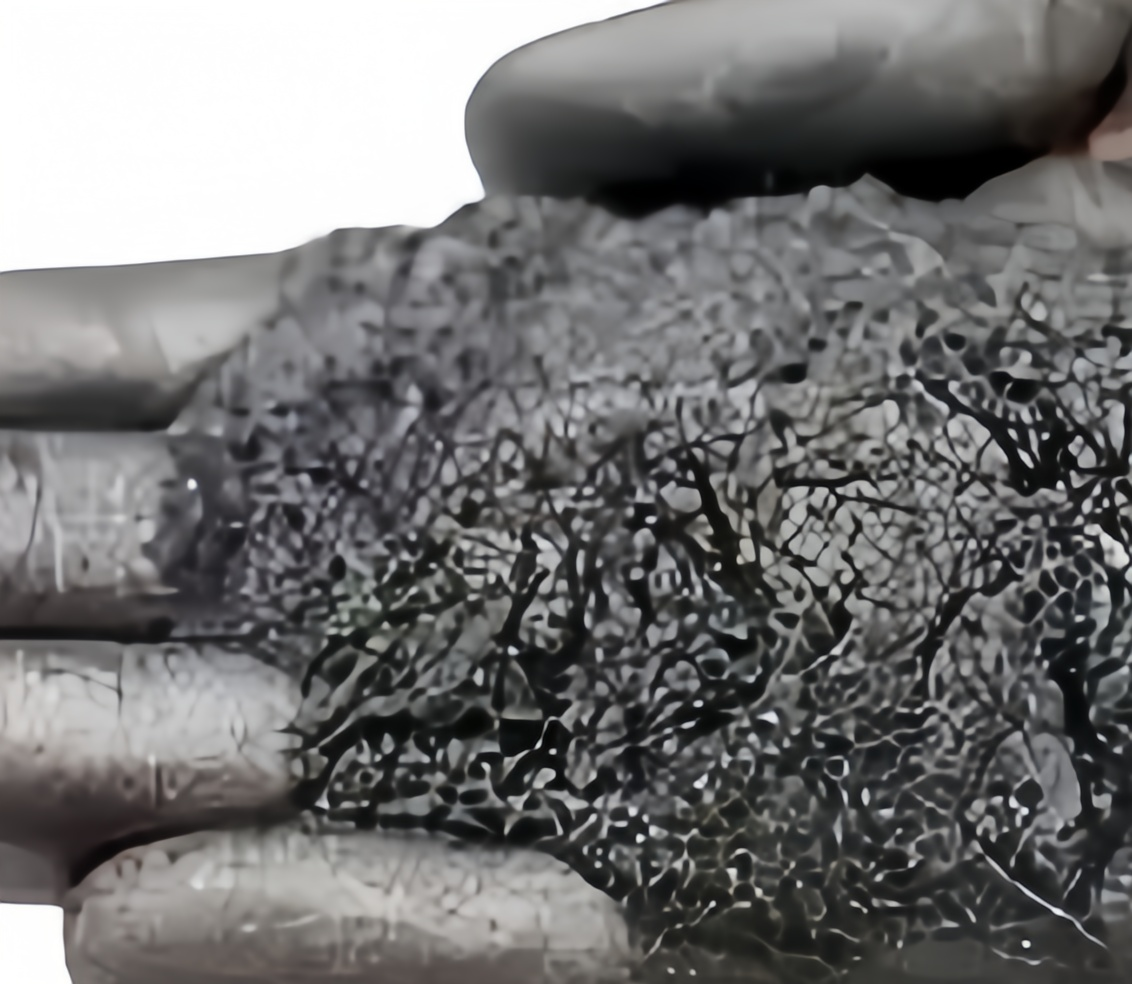
1. Precision Formulation
High-purity graphite + premium silicon carbide + proprietary binding agent.
.
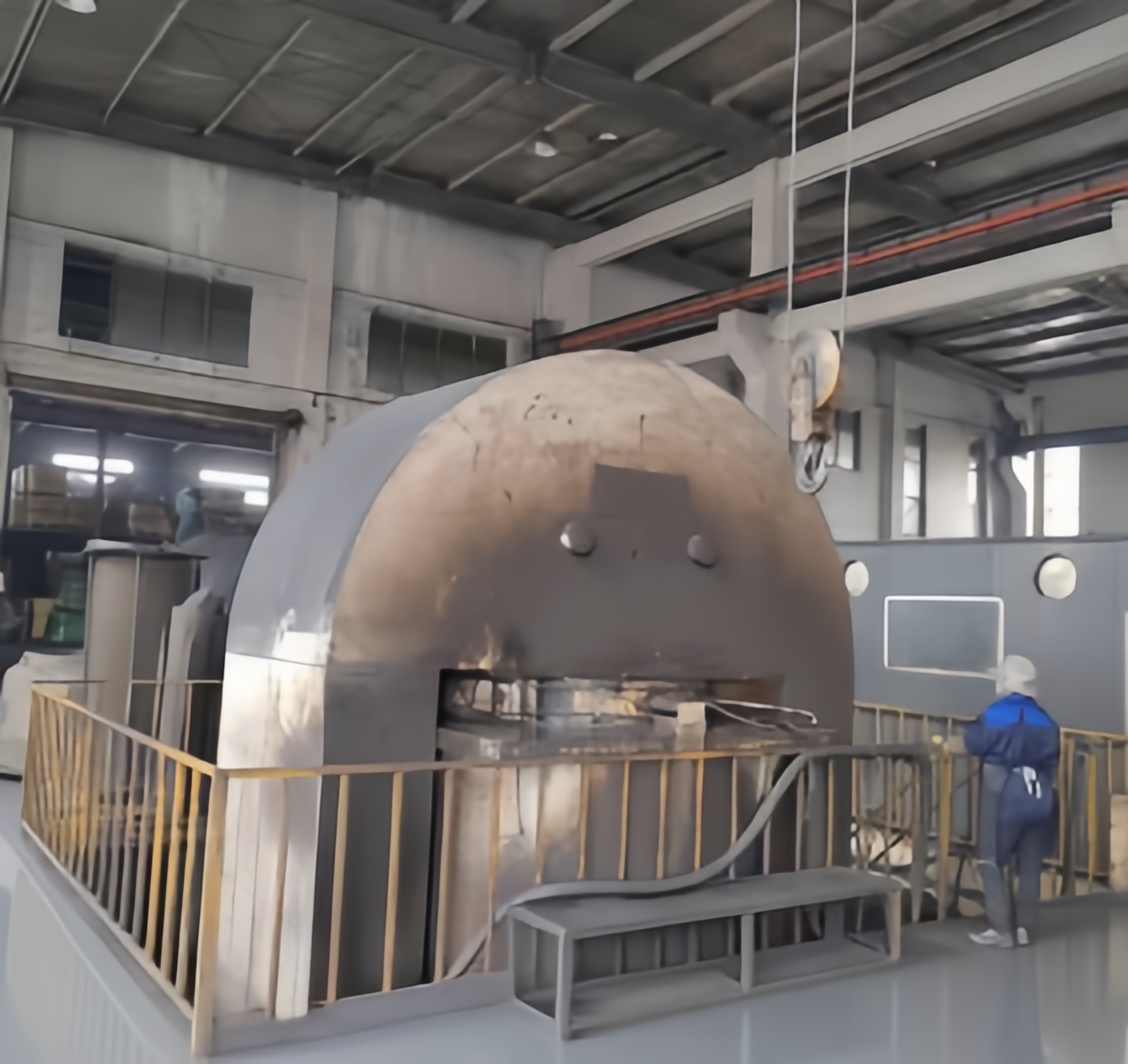
2.Isostatic Pressing
Density up to 2.2g/cm³ | Wall thickness tolerance ±0.3m
.
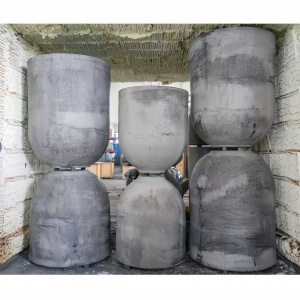
3.High-Temperature Sintering
SiC particle recrystallization forming 3D network structure
.
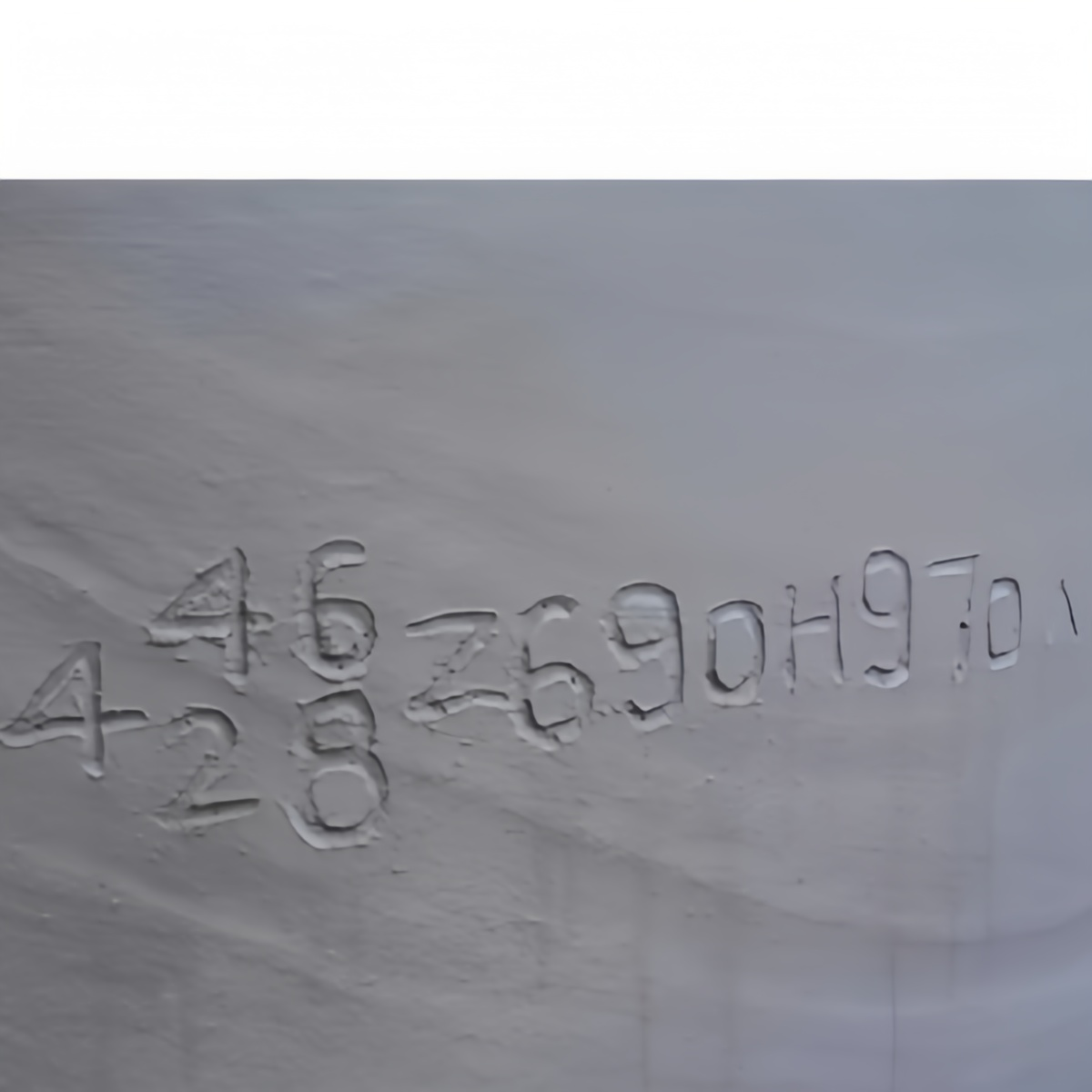
5. Rigorous Quality Inspection
Unique tracking code for full lifecycle traceability
.
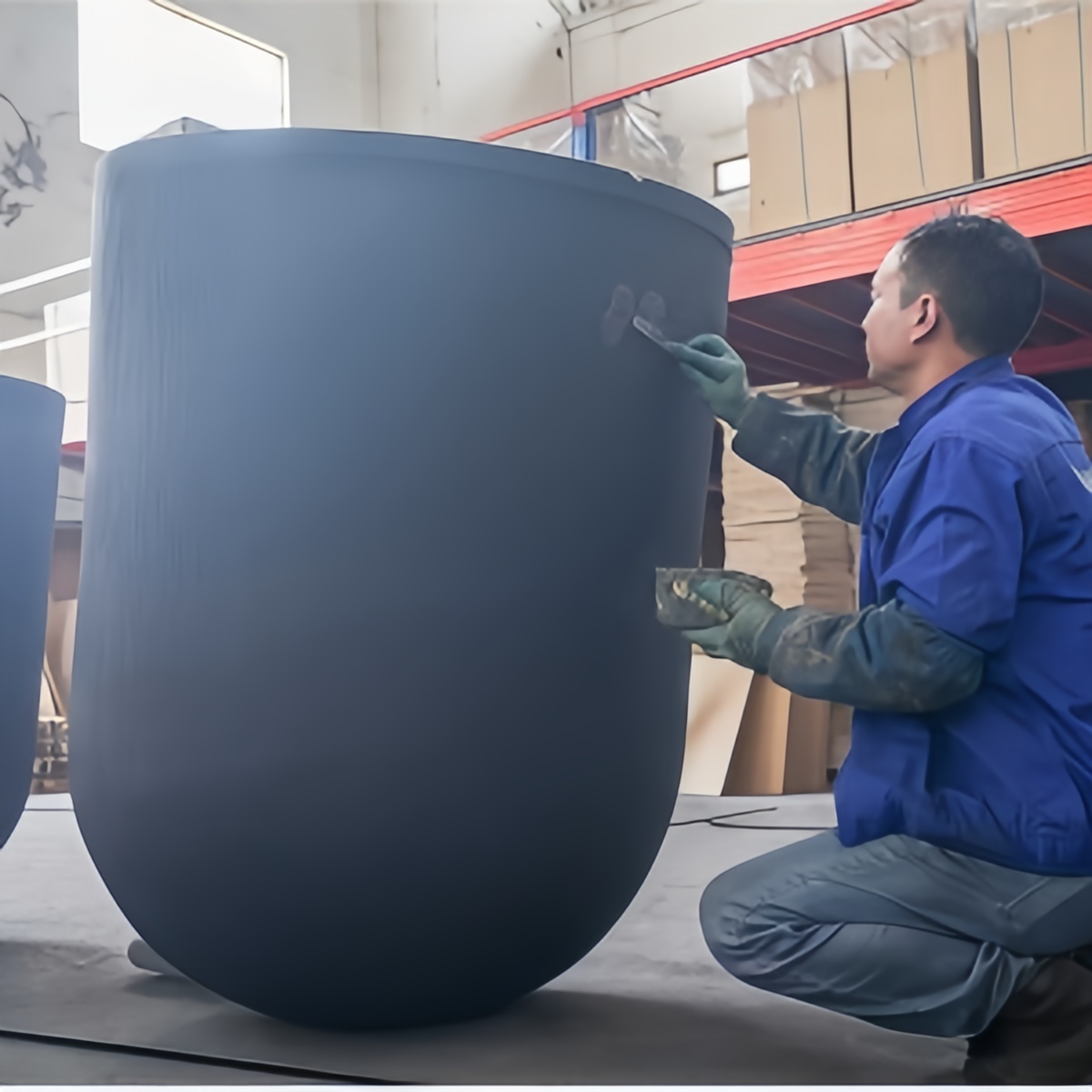
4. Surface Enhancement
Anti-oxidation coating → 3× improved corrosion resistance
.
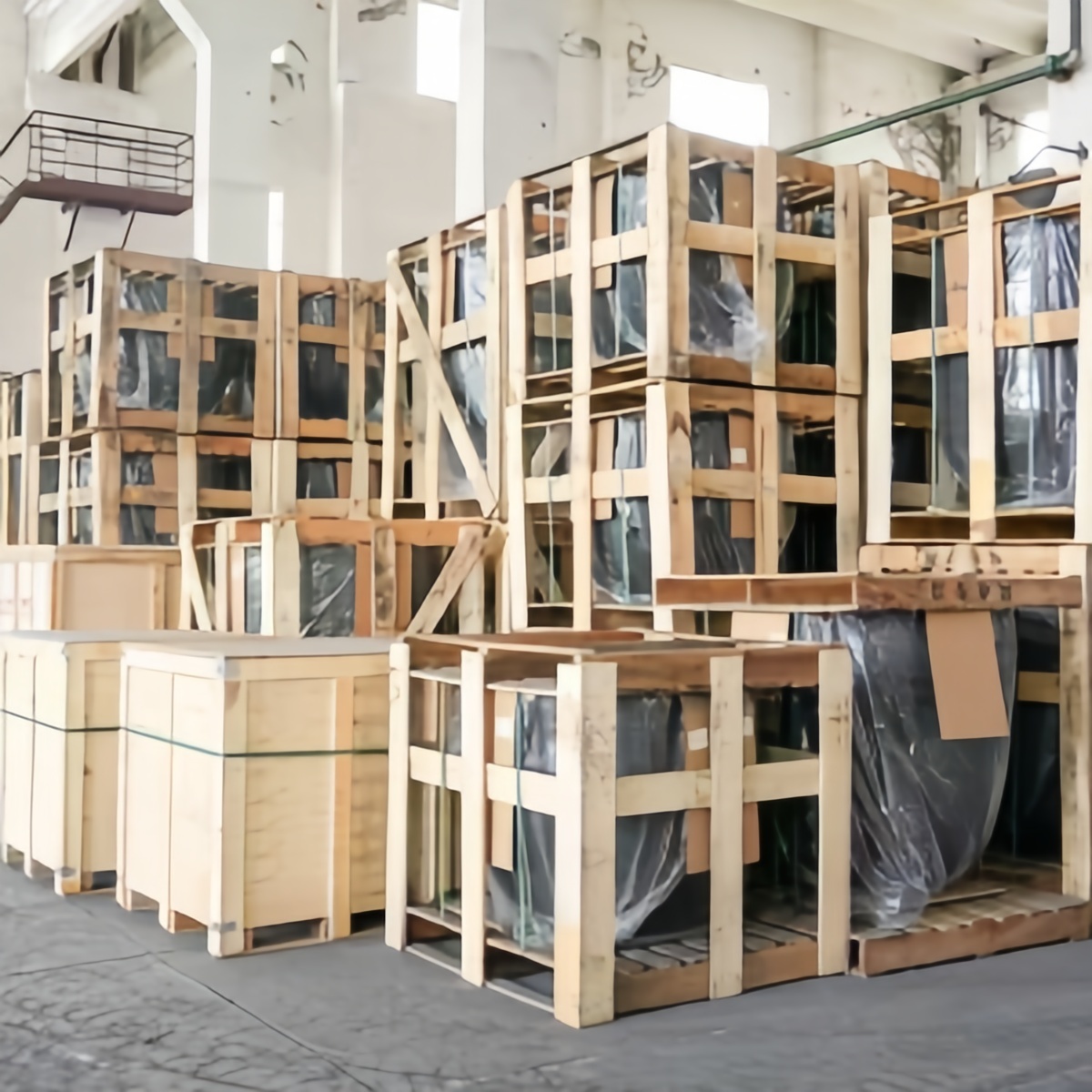
6. Safety Packaging
Shock-absorbent layer + Moisture barrier + Reinforced casing
.
PRODUCT APPLICATION
Suitable for most non-ferrous metals

Melt Aluminium
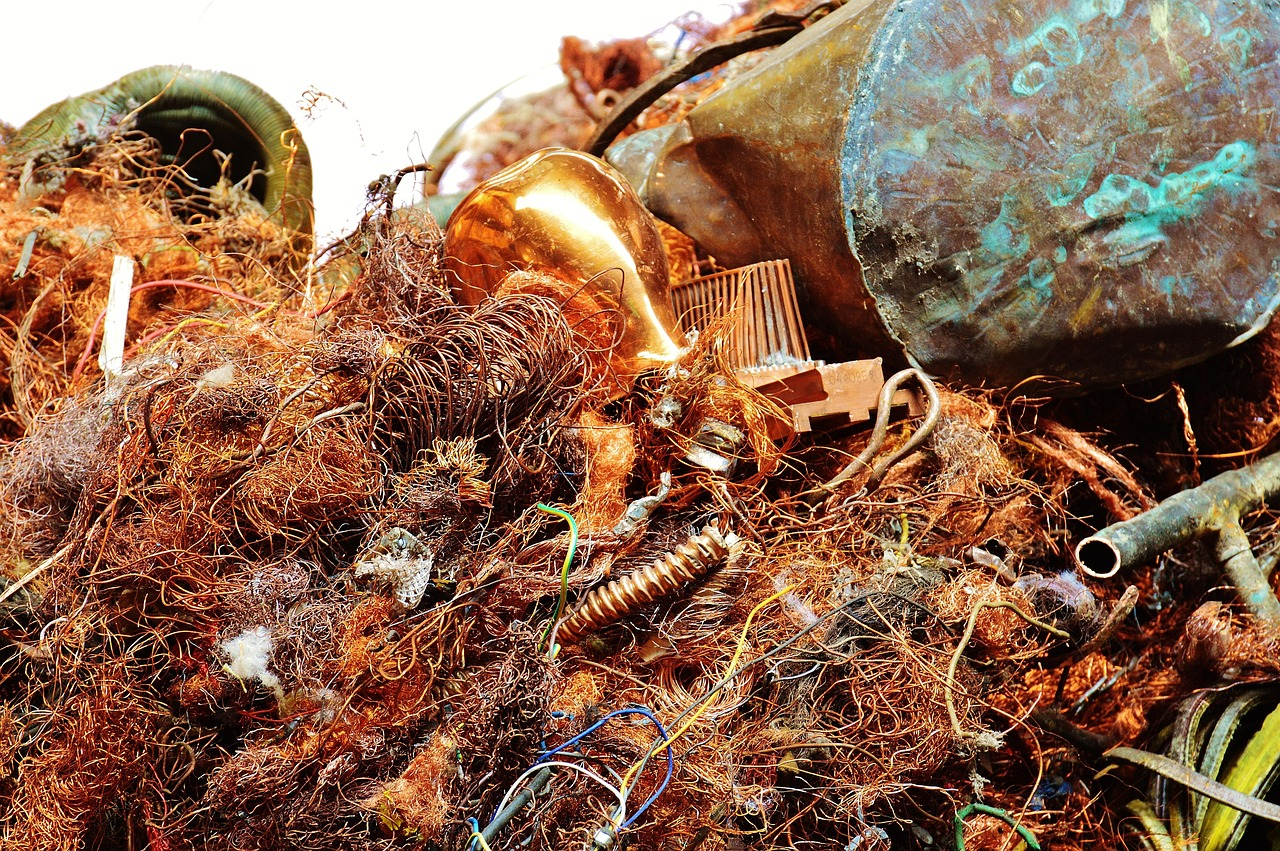
Melt Copper

Melt Gold
WHY CHOOSE US
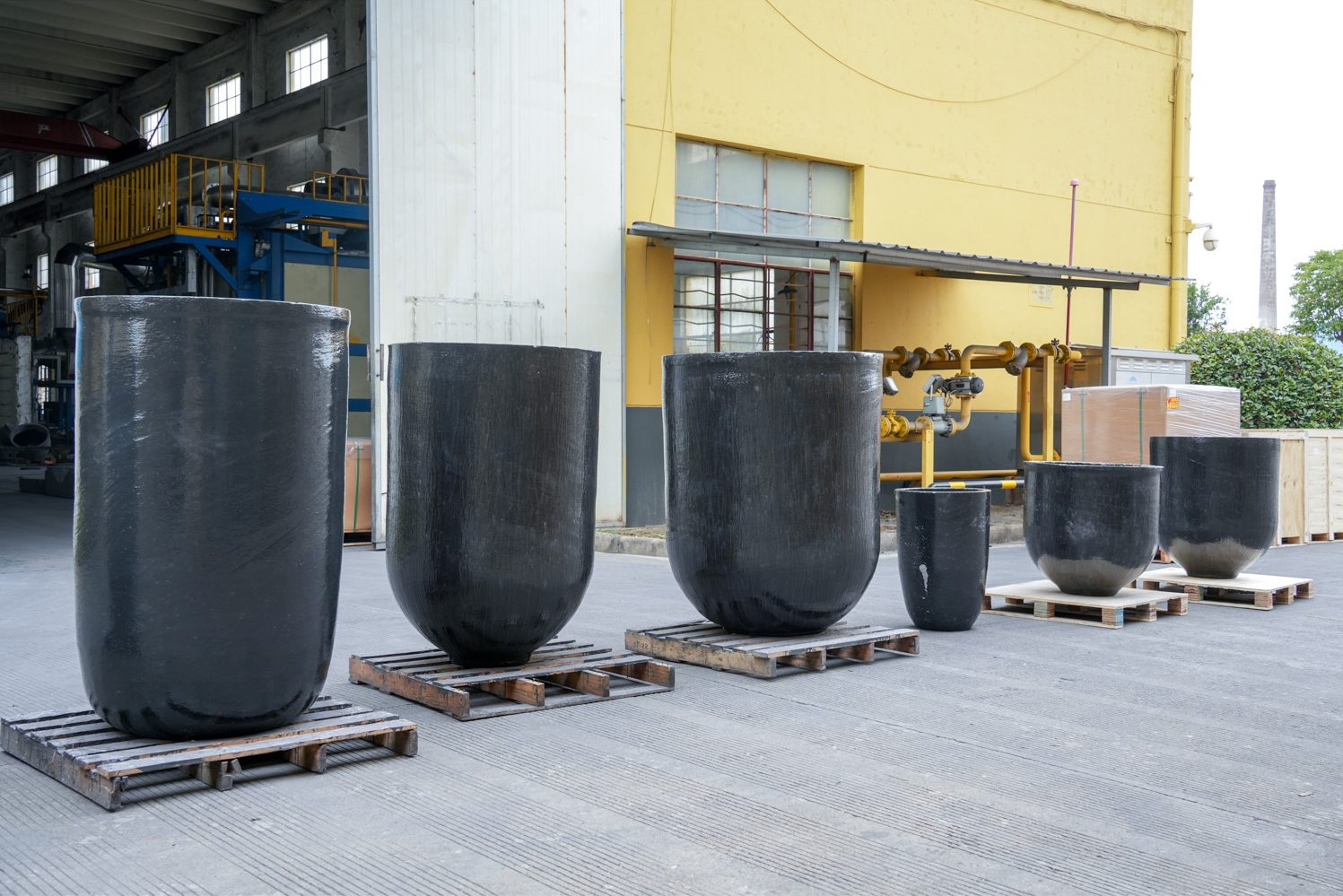
FAQS
Q1: Can The Crucible Cover reduce energy costs?
A: Absolutely! It reduces heat loss, cutting energy consumption by up to 30%.
Q2: What furnaces are compatible?
A: It’s versatile—suitable for induction, gas, and electric furnaces.
Q3: Is graphite silicon carbide safe for high temperatures?
A: Yes. Its thermal and chemical stability makes it perfect for extreme conditions.
Q4: How to prevent crucible cracking?
Never charge cold material into a hot crucible (max ΔT < 400°C).
Cooling rate after melting < 200°C/hour.
Use dedicated crucible tongs (avoid mechanical impact).
Q5:What industries use Clay Graphite Custom Crucibles?
Clay Graphite Custom Crucibles are used in die casting, aluminum foundries, steelmaking, and industries that require high-temperature metal processing, such as the automotive and aerospace industries. Their thermal conductivity and durability make them ideal for these sectors.
Q6: How does Clay Graphite improve energy efficiency?
Graphite’s excellent thermal conductivity ensures quicker and more even heating of metals, reducing energy waste and heating time. This leads to lower energy consumption and faster operations.
Q7:Can you customize the size of the crucible?
Yes, we offer custom sizes and designs for your specific melting needs, whether it’s for small precision casting or large-scale production.
Q8:How do Clay Graphite Custom Crucibles compare to traditional crucibles?
Compared to traditional clay or metal crucibles, clay graphite crucibles offer better thermal conductivity, a longer lifespan, and greater energy efficiency, all while being a cost-effective choice for high-performance melting.
Case Study #1
Lorem ipsum dolor sit amet, consectetur adipiscing elit. Donec feugiat ultricies vulputate. Suspendisse quis lacinia erat, eu tincidunt ante.
Case Study #2
Lorem ipsum dolor sit amet, consectetur adipiscing elit. Donec feugiat ultricies vulputate. Suspendisse quis lacinia erat, eu tincidunt ante.
Testimonials
Lorem ipsum dolor sit amet, consectetur adipiscing elit. Donec feugiat ultricies vulputate. Suspendisse quis lacinia erat, eu tincidunt ante. Pellentesque aliquet feugiat tellus, et feugiat tortor porttitor vel. Nullam id scelerisque magna. Curabitur placerat sodales placerat. Nunc dignissim ac velit vel lobortis.
- Jane Doe
Lorem ipsum dolor sit amet, consectetur adipiscing elit. Donec feugiat ultricies vulputate. Suspendisse quis lacinia erat, eu tincidunt ante. Pellentesque aliquet feugiat tellus, et feugiat tortor porttitor vel. Nullam id scelerisque magna. Curabitur placerat sodales placerat. Nunc dignissim ac velit vel lobortis. Nam luctus mauris elit, sed suscipit nunc ullamcorper ut.
- John Doe








